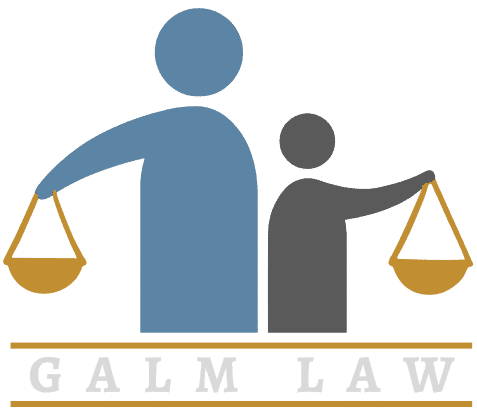If you were pulled over by a police officer, you have most likely already demonstrated suspicious driving behaviors such as weaving, speeding, or running a light. These actions can give the police officer reason to pull you over. If, during your conversation with the officer, you exhibit signs of impairment, the officer can ask you to perform a roadside field sobriety test. These signs can come from slurred speech, watery or bloodshot eyes, inadequate responses to questions, poor coordination, or an inability to follow instructions.
Field Sobriety Tests
Field sobriety tests are designed to divide the driver’s attention (listening to and following instructions) from their physical abilities (standing without swaying or walking a straight line). Most police officers are trained and certified to perform standardized field sobriety tests developed by the National Highway Traffic and Safety Administration. I am familiar with the handbook that police officers were trained on and know the common mistakes police officers make in the performance of these tests and in their testimony in court.
These standardized field sobriety tests consist of:
- Horizontal Gaze Nystagmus: Nystagmus is the involuntary jerking of the eyes caused by alcohol – and thirty (30) or so other influences, like smoke or fumes. Officers test each eye in a variety of ways to check for this abnormal eye movement, which is used to show the presence of alcohol in your system.
- Walk and Turn: The officer will instruct the driver to stand in an instructional position, place one foot in front of another, and listen to the instructions. The officer will then have the driver walk heel to toe nine steps in one direction, complete a specific pivot turn, and walk nine steps back. Among the observations the police officer makes is whether the driver makes heel to toe contact, keeps his or her feet on the line and takes a correct number of steps.
- One Leg Stand: During the one leg stand test, the officer will instruct the driver to stand on one leg while lifting the other off the ground and count out loud. The officer watches for a number of “clues”, including whether the driver is using arms for balance, swaying, counting correctly or starting the test prior to being instructed to do so.
What is not included in an officer’s description of your performance on field sobriety tests is far more important than what is observed and documented by the police officers. As both a prosecutor and criminal defense attorney, I have read hundreds of police reports and know what to look for.
Also, there are many factors that can cause poor performance on a field sobriety, even if you are sober. These include:
- Fatigue caused by being pulled over late at night;
- Submitting to a field sobriety test on a steep road or narrow highway shoulder, which makes performance on the required tasks more difficult than normal;
- Adverse weather conditions;
- Clothing such as high heels or long, baggy pants, which inhibit performance on sobriety tasks; and
- Medical issues such as ADD/ADHD, ear infections, back pain.
In my next article I will discuss a common field sobriety test that can result in a DUII charge: the infamous “breathalyzer”.


